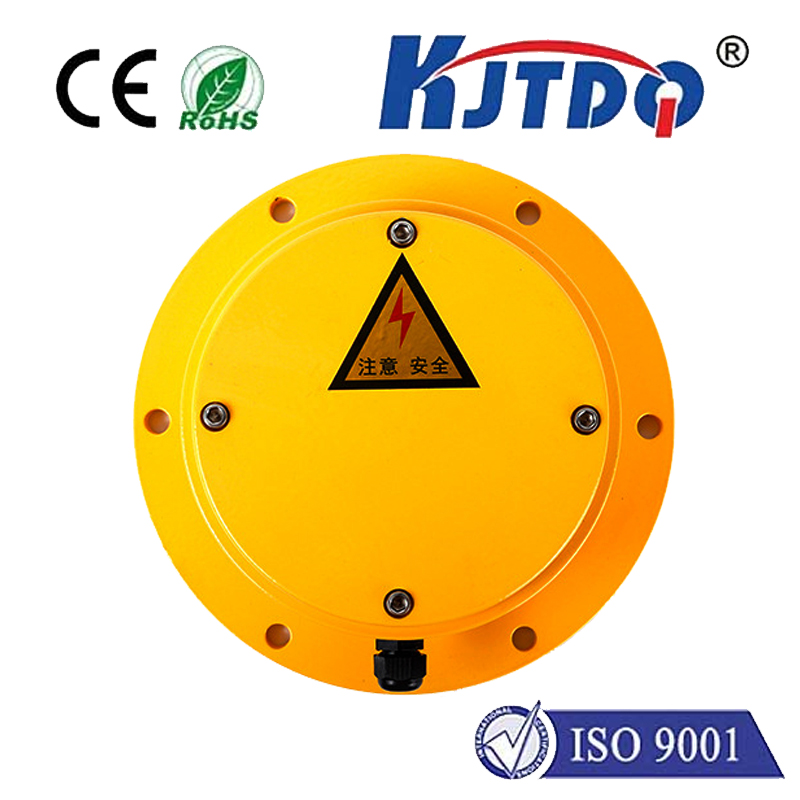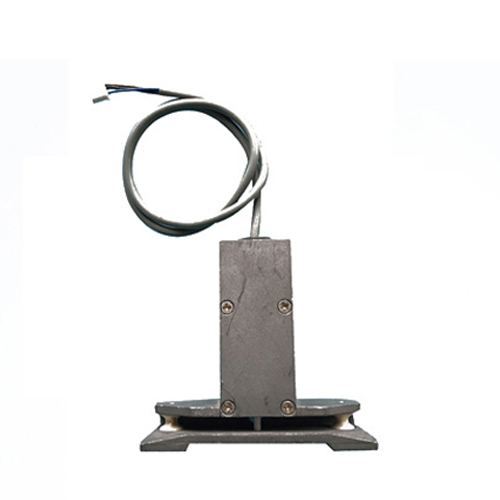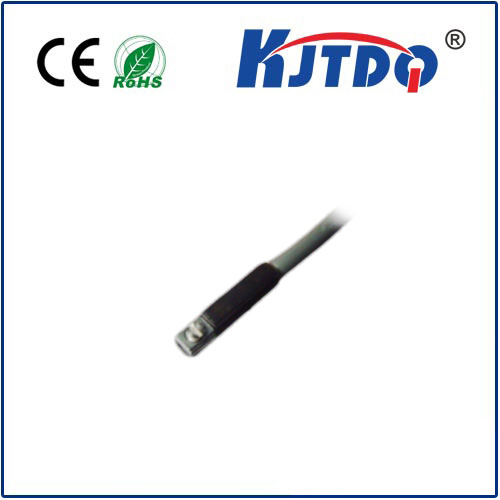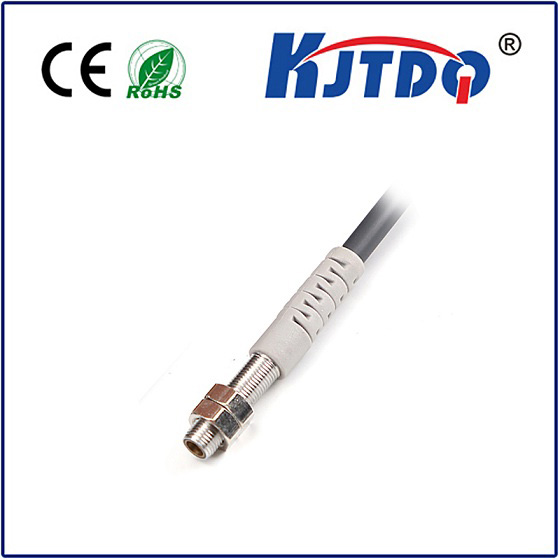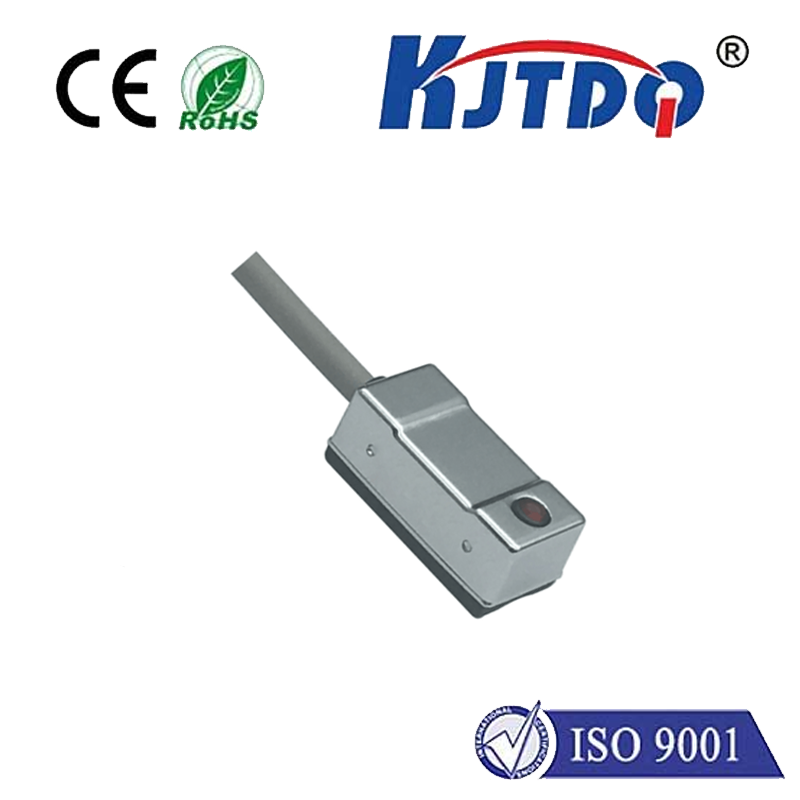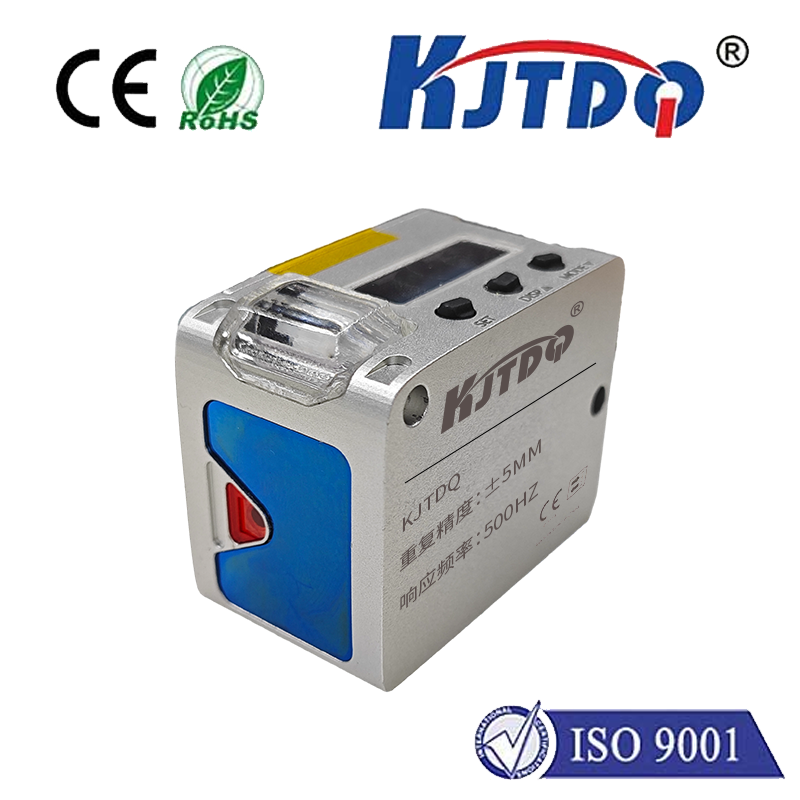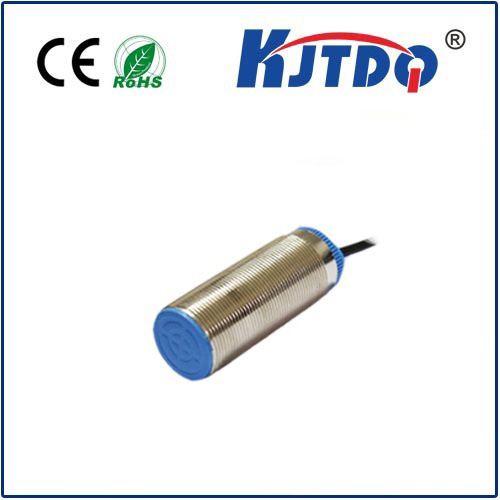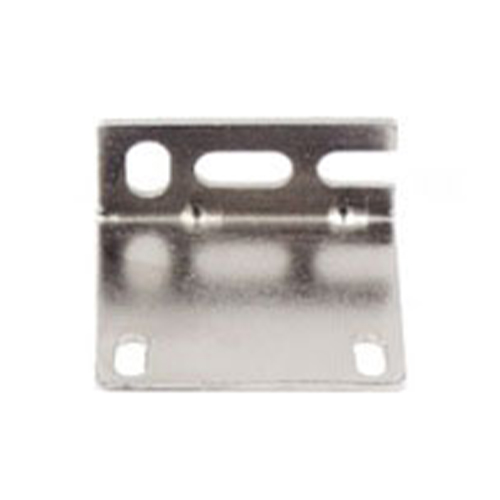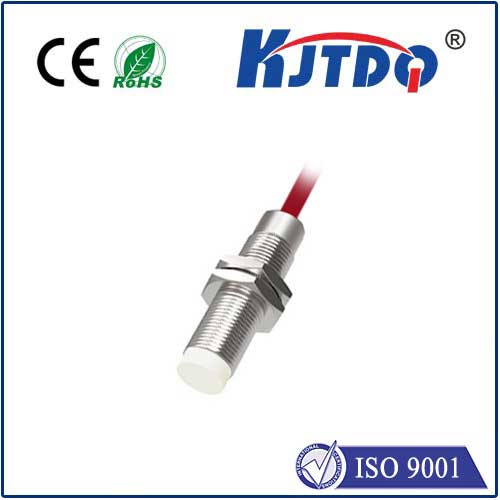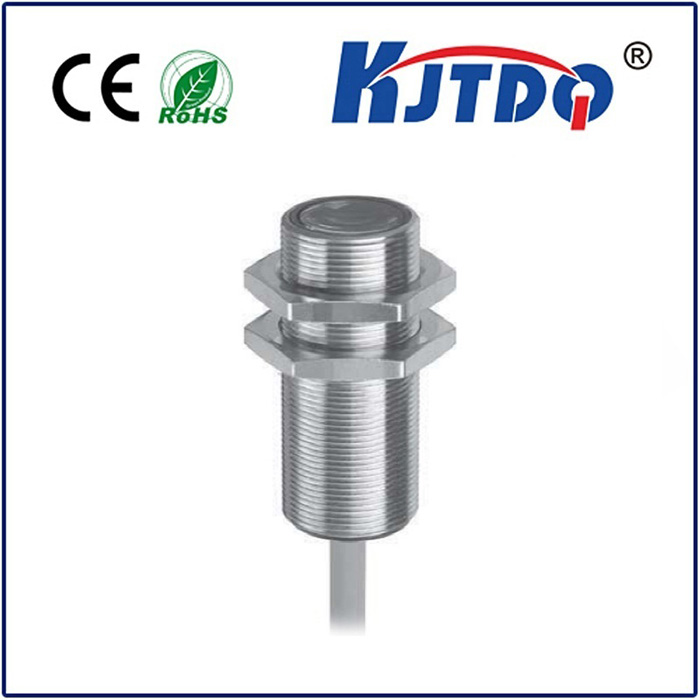

check

check

check

check
PZ-M32 Photoelectric Sensor: Enhancing Automation and Safety in Modern Industry
In today’s rapidly evolving industrial landscape, the integration of advanced technologies has become essential for improving efficiency, safety, and precision. Among the most critical components in automation systems is the photoelectric sensor, which plays a pivotal role in detecting objects, measuring distances, and ensuring safe operation. One of the leading solutions in this domain is the PZ-M32 photoelectric sensor, designed to meet the highest standards of performance and reliability.
The PZ-M32 photoelectric sensor is a specialized device that utilizes light emission and detection to monitor and control various industrial processes. It operates based on the principle of photoelectric effect, where light is emitted by a light source and detected by a detector. This technology is widely used in applications such as material handling, quality control, and automatic gate control, offering unmatched accuracy and speed.
Key Features of the PZ-M32 Photoelectric Sensor

The PZ-M32 is engineered with a reliable and durable design that ensures consistent performance in harsh environments. Its high-precision detection capability allows it to detect objects with minimal error, making it ideal for applications where accuracy is crucial. Additionally, the sensor is compatible with a wide range of industrial systems, including PLCs, PCs, and industrial control panels, facilitating seamless integration into existing infrastructure.
One of the standout features of the PZ-M32 is its wide operational range, which enables it to detect objects at varying distances. This flexibility makes it suitable for a variety of industrial settings, from small-scale production lines to large manufacturing facilities. The sensor is also energy-efficient, reducing operational costs while maintaining high performance.
Applications and Benefits
The PZ-M32 photoelectric sensor finds extensive use in automated manufacturing and material handling systems. In automated warehouses, it is used to track inventory and ensure accurate sorting. In assembly lines, it helps in quality control by detecting defective items or misaligned components. Moreover, it plays a vital role in safety systems, such as automatic doors and conveyor belt shutdown mechanisms, which prevent accidents and ensure worker safety.
Beyond its functional benefits, the PZ-M32 offers cost savings by reducing the need for manual intervention and minimizing downtime. Its low maintenance requirements further contribute to long-term cost-effectiveness, making it a preferred choice for industrial operators.
Conclusion
The PZ-M32 photoelectric sensor represents a significant advancement in industrial automation, offering a combination of precision, reliability, and versatility. Whether in a manufacturing plant, a warehouse, or a safety-critical environment, the PZ-M32 is a reliable partner in achieving operational excellence. As industries continue to evolve, the adoption of such advanced technologies will be key to maintaining competitive advantage and ensuring safety and efficiency.
